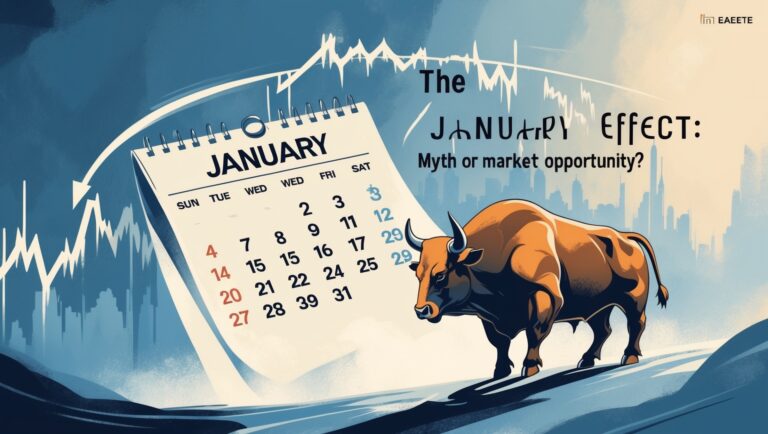How to Use Alerts to Never Miss a Winning Trade
How to Use Alerts to Never Miss a Winning Trade
Alerts are one of the most powerful tools for traders, especially beginners who want to catch profitable setups without constantly watching charts. In this guide, I’ll show how I use alerts to stay on top of the market, manage multiple stocks efficiently, and combine alerts with my system to generate consistent monthly income from trading.

Table of Contents
Why Alerts Are Essential
One of the biggest challenges in trading is missing opportunities because you weren’t at your screen at the right time. I rely on alerts to notify me instantly when a stock hits key price levels, triggers candlestick patterns, or aligns with my technical indicators. Alerts allow me to react quickly without being glued to my screen all day, which is essential for consistent trading.
Types of Alerts I Use
I set alerts for price breakouts, trendline touches, indicator crossovers, and key support or resistance levels. Each alert is tailored to my trading strategy, ensuring I only receive notifications for high-probability setups. This approach eliminates unnecessary noise and keeps me focused on actionable trades.
Combining Alerts With Indicators
Alerts are most effective when combined with indicators like RSI, MACD, and moving averages. For example, I wait for a price level alert only if the RSI confirms a potential entry signal. This double confirmation reduces false entries and ensures I’m trading with higher confidence.
Setting Alerts on a Professional Platform
Using a reliable platform allows me to customize alerts for multiple stocks, timeframes, and indicators. Click here to the best platform to create real-time alerts, manage watchlists, and stay updated on every opportunity: https://www.tradingview.com/?aff_id=155687
Integrating Alerts With My Trading System
Once an alert triggers, I analyze the stock using my system from How I Pay My Bills Monthly With Stocks to determine if it meets my entry criteria. This ensures that I only take trades with a high probability of success, converting alerts into actual income.
Daily Routine for Managing Alerts
I start my day by reviewing active alerts, checking which stocks may trigger setups, and updating watchlists. During the trading session, I monitor alert notifications and act immediately when a stock aligns with my strategy. This structured routine keeps me disciplined and consistent in executing trades.
Post-Market Review
At the end of each day, I review all alerts that were triggered, noting which trades I took and which I skipped. This review helps me fine-tune alert settings and improve the accuracy of future trades, creating a continuous learning loop that strengthens my trading skills.
I set alerts for key price levels on my watchlist so that I can focus on the most promising stocks without constantly monitoring the market. This allows me to stay productive while still being ready for potential trades.
Alerts combined with candlestick patterns are incredibly effective. When a price hits a resistance level and a reversal pattern appears, my alert notifies me immediately, giving me a high-probability entry signal.
I use multiple types of alerts, including indicator crossovers, moving average touches, and trendline breaks. By customizing each alert to my strategy, I ensure that I only receive notifications for trades worth considering.
Volume confirmation is another critical component. I set alerts that trigger only when there’s strong trading volume behind a price move, reducing the chance of entering false breakouts.
Alerts allow me to manage several stocks simultaneously. By setting filters for patterns and indicators, I can handle multiple setups efficiently, ensuring I never miss a winning trade.
I rely on a professional platform that supports advanced alerts for multiple timeframes. Click here to the best platform to create customized alerts and stay ahead of the market: https://www.tradingview.com/?aff_id=155687
By integrating alerts with my system from How I Pay My Bills Monthly With Stocks, I can turn notifications into real trades that contribute to consistent monthly income.
I review my alerts before the market opens to prioritize which setups are most likely to succeed. Pre-market preparation ensures I enter trades with confidence rather than impulsively.
Setting alerts for multiple price levels allows me to scale in or out of positions strategically. This approach increases flexibility while maintaining discipline in my entries and exits.
I also set conditional alerts, such as only triggering when both a candlestick pattern and RSI signal align. This method improves precision and reduces false positives.
Alerts help me control emotions while trading. By waiting for a notification instead of chasing a price, I avoid impulsive decisions that can hurt my account balance.
I keep a log of triggered alerts to analyze performance over time. Tracking which alerts lead to successful trades allows me to optimize settings and refine my strategy.
Alerts are not just for entries; I use them for exits too. Setting alerts at key support, resistance, or profit levels ensures I can take action immediately and protect gains.
Even as a beginner, alerts help me trade like a professional by automating monitoring and allowing me to focus on executing my strategy effectively.
Consistency with alerts has transformed my trading routine, enabling me to catch high-probability trades, manage risk, and steadily build income month after month.
I set alerts for both short-term and long-term setups, allowing me to catch quick moves as well as bigger trends. This dual approach ensures I never miss opportunities across different timeframes.
I customize alert sounds and notifications so that I can respond immediately even if I’m away from the screen. This helps me stay on top of high-probability trades without feeling tied to my desk.
Using alerts in combination with my watchlist helps me prioritize trades, focusing only on stocks that meet my strict criteria for volume, trend, and pattern alignment.
I regularly test new alert strategies in a paper trading account. This practice helps me optimize alert settings without risking real money and ensures that only the most reliable setups make it to live trading.
Alerts also help me manage multiple positions at once. By setting notifications for both entries and exits, I can track several trades efficiently, reducing stress and minimizing missed opportunities.
I integrate alerts into my daily trading routine so that every setup I monitor is part of a structured process. This consistency allows me to stay disciplined and maintain a higher success rate.
Combining alerts with my system from How I Pay My Bills Monthly With Stocks ensures that notifications become actionable trades, allowing me to consistently generate income while avoiding missed opportunities.

Stay ahead in the stock market! Subscribe to our newsletter and receive exclusive stock flow reports, trading insights, and actionable tips directly in your inbox. Join thousands of traders who get our updates first.







